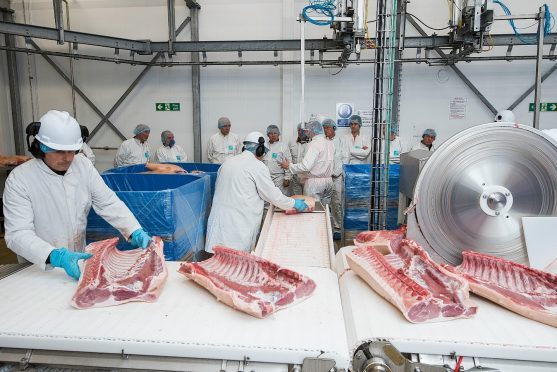Improving the flow of information between different parts of the supply chain is the key to unlocking future opportunities in the red meat sector, according to Quality Meat Scotland (QMS).
The red meat levy body’s head of economics services, Stuart Ashworth, made the comments while launching QMS’s new Scottish Red Meat Industry Profile document.
He said although there were tough and challenging times ahead, there were also opportunities for the sector post-Brexit.
“There is no doubt that there will be changes which will be painful for some and there will be an inevitable period of adjustment and restructuring. However, there will also be opportunities and those willing to innovate and focus on technical improvements will seize these opportunities,” said Mr Ashworth.
He said a supportive government, in terms of export development and agricultural and food policies, would be key to achieving success.
Meanwhile, QMS senior economics analyst Iain Macdonald said the overall output from cattle, sheep and pigs, recovered in 2016, after a fall in 2015.
He said: “Scottish abattoirs handled slightly more prime cattle and considerably more mature cattle in 2016. With average carcase weights slipping back, annual beef production rose at a slower pace, but still reached a five-year high of 172,200 tonnes.”
The volume of meat produced in Scottish abattoirs fell by 0.5% to 218,850 tonnes, and the 24 licensed red meat abattoirs in operation in Scotland last year generated a total turnover of £818.5million.
This was down around £36million on 2015 but total employment in abattoirs grew slightly to around 2,900 – 40% of which are non-UK EU nationals.










